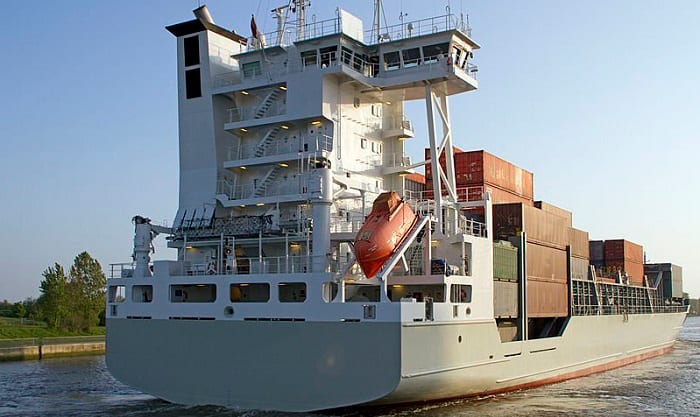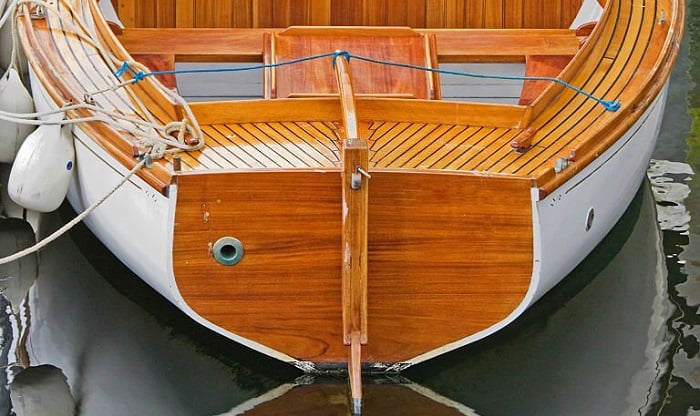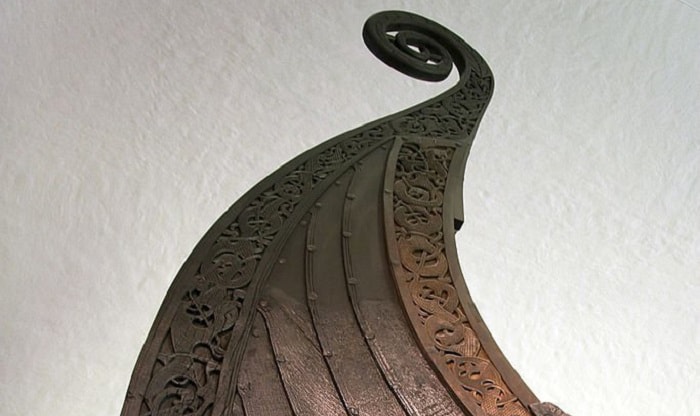What is the stern of a boat? Most of us know that it’s a vessel’s rear side. However, in the modern age of sailing, it also serves numerous functionalities such as providing the space needed for the boat’s steering device, its outboard motor, accessories like trim tabs as well as other seating, storage, and even dining applications.
Continue reading to get a more detailed explanation of the stern on a ship, and the essential role it plays.
Table of Contents
The Origins Of “Stern” As A Boating Term
While there’s no sure historical information that can confirm why the stern of a boat is called as such, experienced sailors who have a keen knowledge of nautical history say the stern of a boat meaning can be traced back to the era of the Vikings.
In Old Norse and Old English, it was called styra and styrene, and it eventually evolved into stern once the Middle English era rolled in. During those ancient times, the stern was actually where most of the boat’s steering was done with styra being the exact Old Norse translation of the act.
Don’t Confuse “Stern” With Other Terms Like “Aft” And “Transom”
Many beginner sailors often confuse these boating terms with one another. On the whole, though, it really shouldn’t be a surprise since all of them are related. For instance, it’s actually true that the stern is actually the aft-most portion of a ship or boat.
The term “aft” has multiple meanings, depending on the situation. If the context is directional, you’re moving “aft” if you’re moving backward. However, it also means the area exactly at or near the stern of the vessel.
What about a “transom”? A lot of sailors use it synonymously with a stern, which is understandable since there was a time when it was called a transom. Still, it’s important to distinguish it as being a part of a stern that reinforces it.
Depending on the type of boat, the transom may also be the section of the vessel where the outboard motor and, as said above, the trim tabs are mounted. It’s also where the name of the boat is imprinted.
The Purposes Of A Stern Differ Depending On The Type Of Vessel And Time In History
In the past, particularly in the Age of Sail, you’d normally see ships being designed in such a way that the stern would accommodate the captain’s sleeping quarters. This lifestyle-oriented approach also carries over to the way most yachts’ stern are built to house the vessel’s dining area or viewing deck.
Of course, both of these are readily contrasted by smaller boats like fiberglass Jon boats, as I mentioned, where they serve a more practical purpose. It’s the perfect place to attach an outboard motor which would propel the vessel forward.
While no longer the norm, especially in larger vessels, it’s also important to mention that the stern is also where a boat’s tiller is installed for ease of steering. Nowadays, many boat manufacturers prefer to install a wheel for the said purpose.
Other Types Of Small-Boat Or Sailboat Sterns
You’ll also see these stern designs on small and medium-sized vessels.
- Reverse Transom
Think of boats with sterns that flex inwardly. In most cases, they either incorporate swim steps or the so-called sugar scoop design. If you do not know what a standard sugar scoop looks like, a simple Google search will tell you what most ships with a reverse transom look like. It’s also not without its advantages since most boats enjoy larger cabins at the aft-most part and more storage space with this design.
- Canoe Style
Also known as double-ended sterns, these are boats with sterns that are shaped like half-moons. The spherical shape of the hull and stern helps the vessel flow on the water more smoothly (i.e. improving hydrodynamics). These are also called cruiser sterns that are lauded for their aesthetically pleasing style.
These points are just concerned with a boat’s stern definition. What about ships? Are their stern unique in any way? Of course!
Elliptical Sterns Found On Ships
The fact that there’s a separate ship stern definition and that there’s more than one type of stern for these bigger vessels proves that there’s more to a stern than being a ship’s “backside”. In ships, it also serves more of a practical purpose by making sure it keeps resistance and vibrations low while boosting propulsion.
With that said, other than the flat “transom” and “cruiser” stern that is also found in ships and I’ve already explained before, this is the one last type of stern that you’ll see on more sizable vessels.
- Elliptical
Like the cruiser stern, the elliptical stern also bears a curved design that flows upward. They can be easily confused with one another for this. However, if you look closely, most elliptical sterns have rudders that are above the waterline. Their skegs are often visible as well.
Their perks include increased buoyancy for the ship and, like reverse transoms, may increase the storage capacity and overall space of the stern as well.
Conclusion
So, in summary, what is the stern of a boat? The fact that it’s the main rear side of the boat underscores its essential purposes for sailing and making life aboard the vessel more convenient as a whole.
There are many types of it as well, underscoring how far boating design has gone over time. Knowing them is a must if you want to deepen your understanding of nautical terms and why boats are designed in a particular way.

“My intention from the first day establishing Boating Basics Online is to provide as much help as possible for boaters who want to experience a first safe and convenient trip. So feel free to join us and share your beautiful journeys to the sea!”



